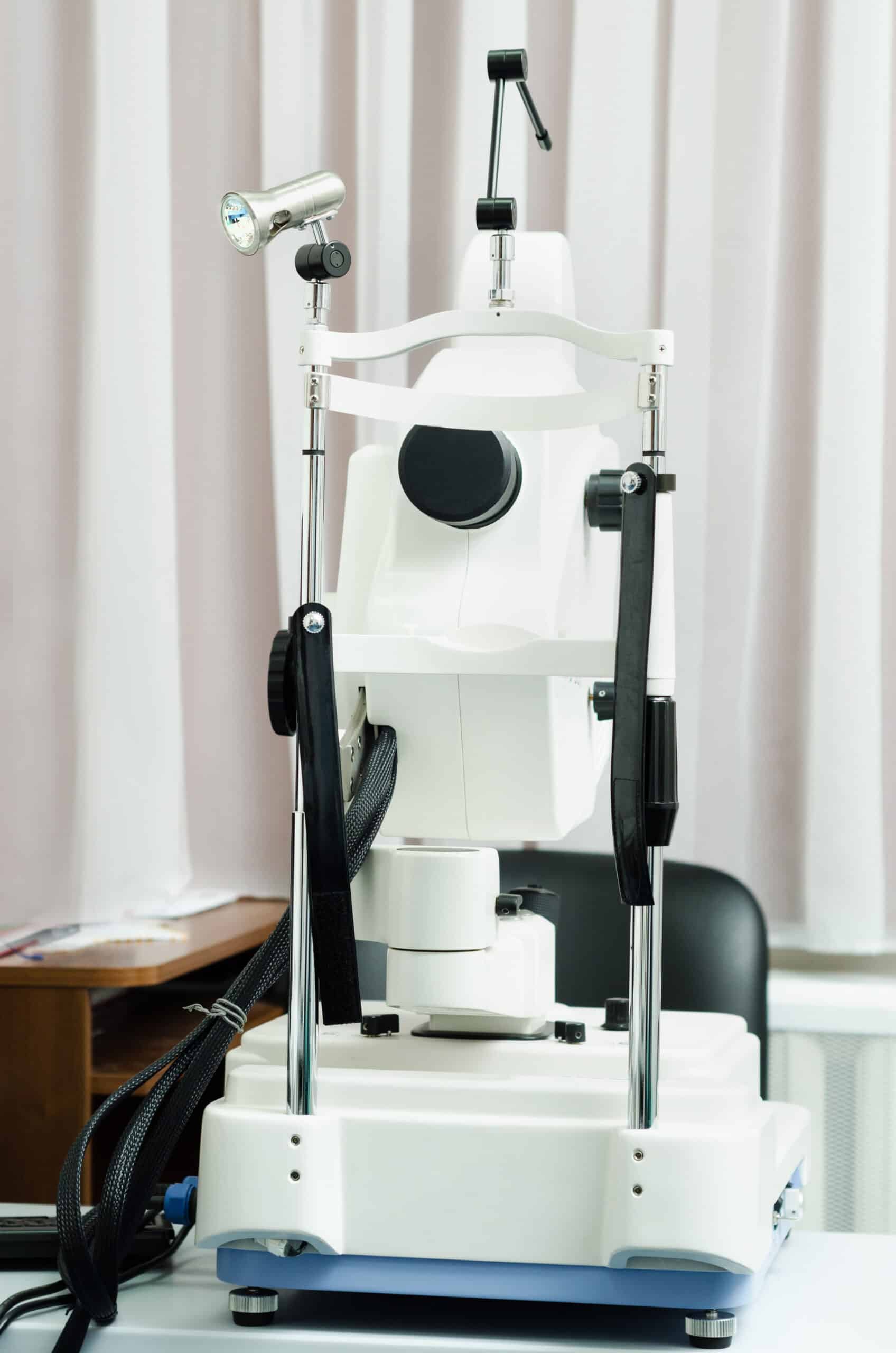In the future eye doctors may be doing more than fitting patients for vision correction, they may also be routinely scanning for Alzheimer’s disease as well. Duke Eye Center researchers say a simple eye exam may reveal activity in the brain associated with AD, as they have found blood vessel activity in the eyes of those with the debilitating condition is notably different from that within healthy people.
With Alzheimer’s disease changes occur in small blood vessels in the brain, and the retina is an extension of the brain, the team investigated whether these changes could be detected in the retina using a less invasive technology that is easy to obtain.
Using optical coherence tomography angiography the researchers were able to spot the differences in the blood vessels that form a dense web inside the retinas when looking at the eyes of 133 healthy people, 39 Alzheimer’s patients, and 37 people with mild cognitive impairment.
OCTA eye scans allow doctors to take high resolution images of the retina in only a few minute to see blood vessel activity. Changes in blood vessels density in the retina may indicate similar activity within the brain which occurs with the disease; these changes may even occur before symptoms become noticeable which is why this eye scan could be groundbreaking.
“Early diagnosis is an unmet need with Alzheimer’s disease, as it is not possible for current techniques to screen the numbers of patients with this disease. It is possible these changes in retina blood vessel density are mirroring what is happening with brain blood vessels. This work is not done, if we can detect these changes to the retina blood vessels before any changes in cognition, than that would be a game changer.” explains Dr. Sharon Fekrat.




